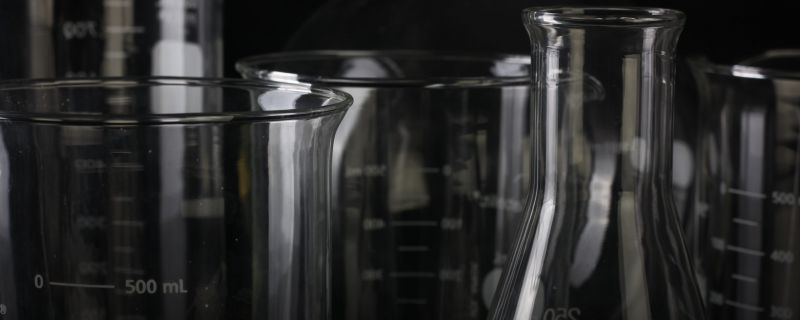Use of coagulants and flocculants in the water and wastewater treatment process is one of the keys to a successful outcome. Choice of the correct polymers for the process and the appropriate dosage rates is important. Also, of major importance is the make-down or dilution procedure, application sequence, and agitation at the point of application for these chemicals.
Coagulants are generally available in liquid form and are usually low in molecular weight and viscosity. They are typically soluble in water and can be diluted prior to feeding. Dilution of the coagulant will improve the mixing with the solids in the water stream. Dilution becomes more important as the viscosity of the coagulant chosen increases. A dilution factor of 10:1 with clean water is desirable after the metering pump and prior to introduction into the process.
Choice of the feed point for the coagulant in the process is also important. Feed points should be chosen to achieve the correct contact time between the coagulant and material to be coagulated. Sometimes this is a trade off with the selection of a feed point that will also present an area of adequate mixing. For coagulants, a quick mix is desired since they have short reaction times and will not redistribute once they have interacted with the oppositely charged particles in the water phase. It is also best to find an area with turbulence that will provide some mixing of the diluted polymer with the system solids.
Since coagulants are charged electrolytes it is important to use the right sequence of addition, particularly if two products are being used. Bench testing can determine the recommended sequence of addition and addition rate (typically in ppm). It is important to ensure that there is adequate mixing of the first product before adding a second coagulant or flocculant.
Flocculants are high molecular weight polymers available emulsions or dry products, and rarely as a solution. Since they are high in molecular weight and viscosity they are always diluted prior to addition to the system. The efficiencies of flocculants are even more affected by using the proper make-down and feed protocol than are the coagulants.
Most liquid polymers are water in oil emulsion based. Through the dilution process they are converted into a dilute oil in water emulsion. Be advised, this must occur in an area of good mixing or a sticky mess can result. There is usually a two-stage dilution process for these materials. The first phase happens in a proper make-down system where the polymer is diluted to 1% on an “as is” basis. This is followed by slow speed mixing time where the polymer long-chains unwind. Prior to feeding into the system there is an additional 10:1 dilution with clean water resulting in a .1% on an “as is basis” material fed to the system.
Like the coagulant, the flocculant is also diluted with only clean water. In the case of the flocculant it is also better to have dilution water below 110 degrees F. Excessive temperature with the extended mixing time noted above can result in hydrolysis and a reduction in performance. This mix tank uses a slow speed mixer to avoid shearing the polymer molecules.
Dry polymer flocculants are also diluted with water prior to feed into the system. These very high molecular weight materials are made down at 0.25 to 0.5%. At the point that the dry polymer is “wetted” it is key to have appropriate mixing. This is generally done with feed of the polymer through a water eductor and into a mix tank. Again, if the polymer concentration is too high, or mixing inadequate a slimy mess can occur.
Diluted polymers are fed to the process with low shear pumps such as a piston or progressive cavity pump. These pumps normally follow the initial dilution of the polymer to keep the flow rate low and are followed by the secondary dilution water line “T” into the feed line.
Proper make-down and feed of your coagulants and flocculants will ensure optimum performance of the material within your system. The appropriate equipment for the job will make the dilution process easier and will also help with house-keeping issues. These chemicals can be relatively costly, so optimizing their use is well worth the effort.
Philip Alexander is employed in the JMS Engineering Department in the position of Product Engineer II. Philip’s background is in Mechanical Design Engineering focusing on new product development and Finite Element Analysis. Prior to JMS, he was employed with a rotary pump engineering and manufacturing company for eight years, w here he designed and analyzed pumps for special uses. Philip is a graduate of UNC at Charlotte with a BS in Mechanical Engineering. Outside of work, he enjoys woodworking and woodturning as well as board games and outdoor activities.

